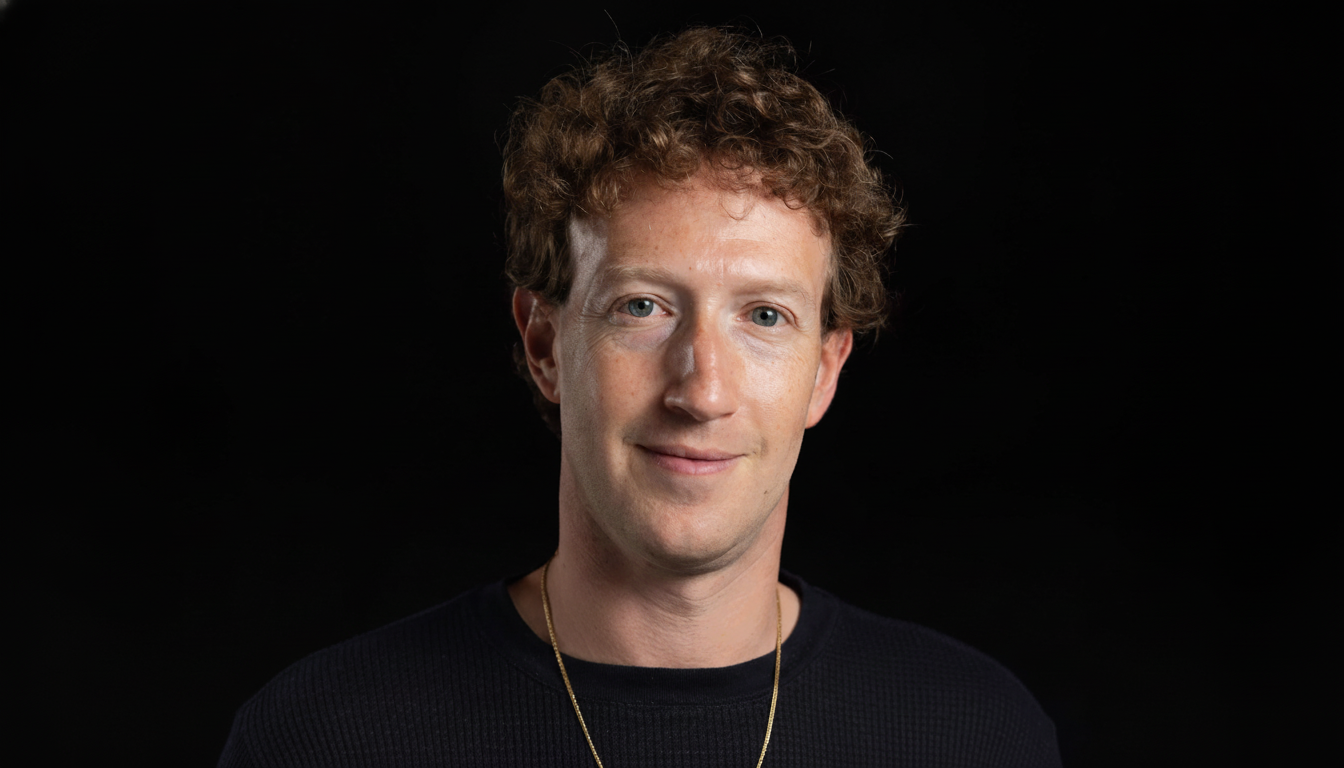Mark Zuckerberg’s passion for mixed martial arts has spread from the personal to the C-suite. In an anecdote from an upcoming memoir by Nick Clegg, the company’s former president of global affairs, the Meta chief took senior executives to an offsite in which they would practice mixed-martial arts — forced to turn a leadership retreat into a grappling lab.
Recounted in early looks at Clegg’s book, the anecdote paints a picture of a good-natured but fierce sparring session that had the two men squaring off as if at the climax of a heavyweight prizefight — Clegg versus veteran policy executive Joel Kaplan. One of the poses involved the so-called “mount,” a dominant jiu-jitsu position in which the top person is sitting squarely on the other person’s torso — a down-and-dirty move if you’re in a corporate setting.

Inside the offsite sparring
It’s not a standard CEO move to pack MMA pads for your leadership offsite, but it is consistent with Zuckerberg’s very public embrace of blood sports. He’s dabbled in Brazilian jiu-jitsu, posted footage working out with top fighters, even appeared on tournament podiums. For an executive team used to slide decks and whiteboards, the invitation to glove up was an unmistakable cultural signal: get ready for pressure; adapt quickly; keep cool under stress.
To the uninitiated, this so-called mount position can appear theatrical or too intimate. In reality, it’s merely a staple of grappling — a means of controlling an opponent, conserving energy and positioning for escapes or submissions. As a metaphor for leadership, it’s telling: Control does not always come from brute force, but often from balance, leverage, and timing.
Why a CEO might like MMA better than golf
Executive offsites usually involve golf or dinners to create camaraderie. Spectacles in combat sports encourage a different skill set. Performance psychologists look at things like stress inoculation — exposing people to small amounts of manageable stress under controlled conditions — as a way to make it easier for them to perform under pressure. MMA embodies that notion: You get instant feedback, you can see progress, and there is no outsourcing of accountability.
There’s also a practical appeal. So, the martial arts bring measurable improvement in cardio, grip-strength and reaction-time. The American College of Sports Medicine point out that high-intensity interval training and resistance work can increase executive function and mood. For leaders overseeing rollouts of A.I., regulatory scrutiny, market turmoil, those marginal gains add up.
Zuckerberg himself is a beckoning figure: When he speaks, it’s as if being drawn in with a buggy whip. He has also challenged himself publicly with grueling workouts, training with champions from the UFC. In an industry in which founders are supposed to operationalize speed, focus and resilience, combat training has become a visible short hand of those principles.

Culture, optics and HR realities
Inviting executives to an MMA session poses inevitable questions about inclusion and consent. Not all wants to — or should be expected to — have to fight with their co-workers. The Society for Human Resource Management recommends clear opt-in policies, professional supervision and explicit waivers when companies host contact activities. What some read as team-building might feel exclusionary or risky to others.
There’s also reputational calculus. Tech leaders have already dabbled in the kind of combat-sport gimmickry here — recall the public blather about a hypothetical cage match between high-profile founders. As the line between performance and practice becomes more blurred, organizations must be vigilant that these activities are not trivializing safety or coercing employees to participate to demonstrate loyalty.
From a risk perspective, good coaching is important. Scaled version of contact drills: Positional sparring and technique flows reduce the impact but retain the learning benefit. Companies that have invested in having infer-staff fitness and wellness programs — a very common feature of large tech campuses — should have read the playbook: credentialed trainers who monitor employee workouts from a distance (a practice, given the current health concerns, some facilities are implementing immediately), voluntary participation and options for people who would rather engage in less contact-y activities.
Insight into leadership at Meta
Meta perpetuated a culture where intensity was cherished — move fast, measure everything and iterate. MMA slots well into that schema. The sport demands clarity: there’s instant evaluation, objective results, and relentless refinement. You’re using side control or you’re shipping a new feature out there, feedback loops are small and they are unapologetic.
It’s also a retention play. The business of corporate wellness is estimated to be worth multibillions, and more and more executive teams seem to understand that physical practice is part of the process of leadership development. Not every company will turn trading a putter for a takedown drill into a thing, but the trend line is evident: “We” time involvements, high-touch activities, are replacing passive team-bonding.
The takeaway
By welcoming top lieutenants onto the mats, Zuckerberg wasn’t just passing along a hobby — he was modeling a philosophy of pressure-tested leadership. The Clegg anecdote is not just a fun offsite tidbit — it’s in line with coverage from business outlets. It’s a case study in how today’s tech chiefs are recasting executive culture: less clubhouse and more dojo, with all the upside — and responsibility — that implies.

